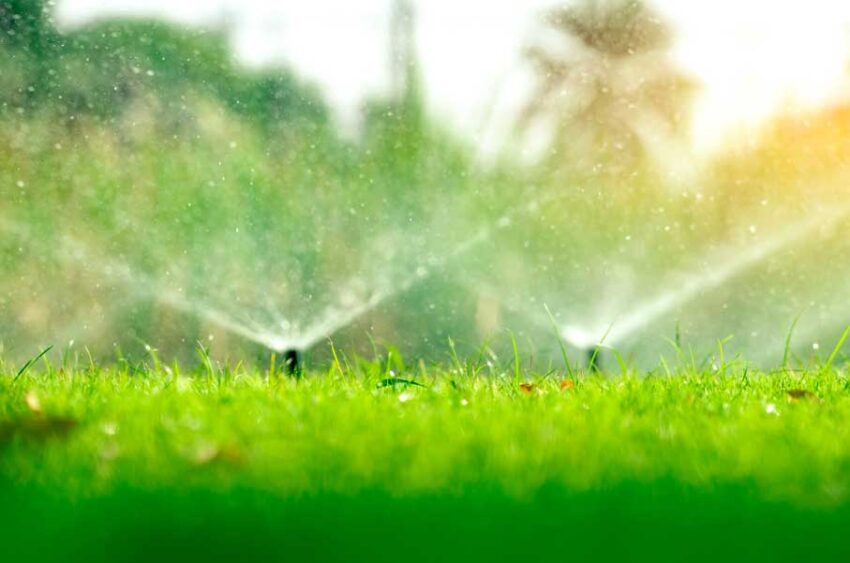Complied by Valley Vibe Staff Writers
info@valleyvibenews.com
The water shortage on the Colorado River prompted the City of Phoenix to activate the first stage of its drought management plan which emphasizes the need for voluntary water conservation by city customers.
Voluntary reduction of water use in ways with minimal impact on lifestyles, is the goal of the city’s stage 1 water alert, announced on June 1. Since the majority of water use is outdoors, the city says adjustments in landscape watering is one of the easiest and most effective ways to conserve water.
Local irrigation specialist Adam Kopp, of Aloha Irrigation, offered the following tips to reduce outdoor water use.
Water Deeply and Infrequently It’s a gradual process, but the goal is to create large root zones to make plants stronger and more water efficient with the ability to catch more rainwater when it does rain. Try this: if you’re currently running your system 30 minutes every day, adjust it to run one hour every other day; same amount of water, far better pattern. Once your yard is doing well running 2 hours every three days, try moving to 3 hours every fifth day. Now you are using less water and benefiting the plant.
Ideally a yard with a good mix of desert adapted plants with large roots systems can be watered with a long 4-to 6-hour cycle once a week in the summer, every 10 to 15 days in the milder months and off for extended periods during the winter months.
Prune Less Pruning shrubs and groundcover only once or twice a year (best done in the cooler months) reduces maintenance needs and lowers plant water requirements. Plants allowed to grow naturally are much more water efficient. The green leaves not only make food through photosynthesis, but also keep the plant cooler by casting shade on itself. Leaves also store water and when pruned, the plant goes into recovery mode, requiring more water.
Plant a Tree According to Energy.gov, the temperature under a tree can be as much as 25 degrees cooler than the street. Any plants in that microclimate require considerably less water.
Remove Sod and Reduce Ground Heat Excess hardscape and concrete contribute to a heat island. Removing unnecessary or unused hardscapes and replacing with groundcover or trees creates shade to cool the area. Cooler landscapes require less water. Removing grass or replacing it with artificial turf substantially reduces water usage.
Maintain Your Irrigation System A failed irrigation valve will run 24/7 without showing signs until your water bill shows the spike in usage. Rebuild valves every five years to prevent this problem. On systems older than 15 years, consider a new high-efficiency irrigation system.

